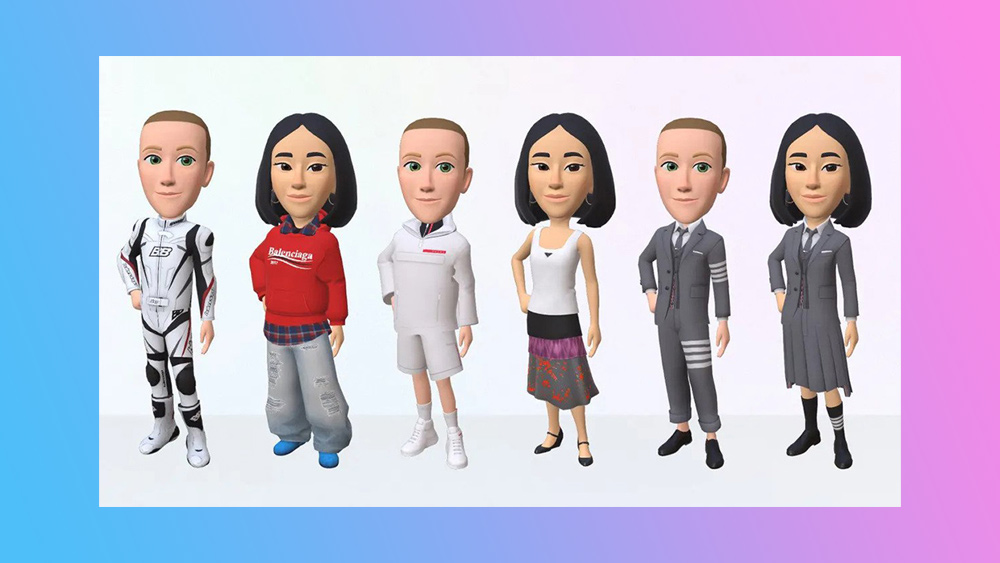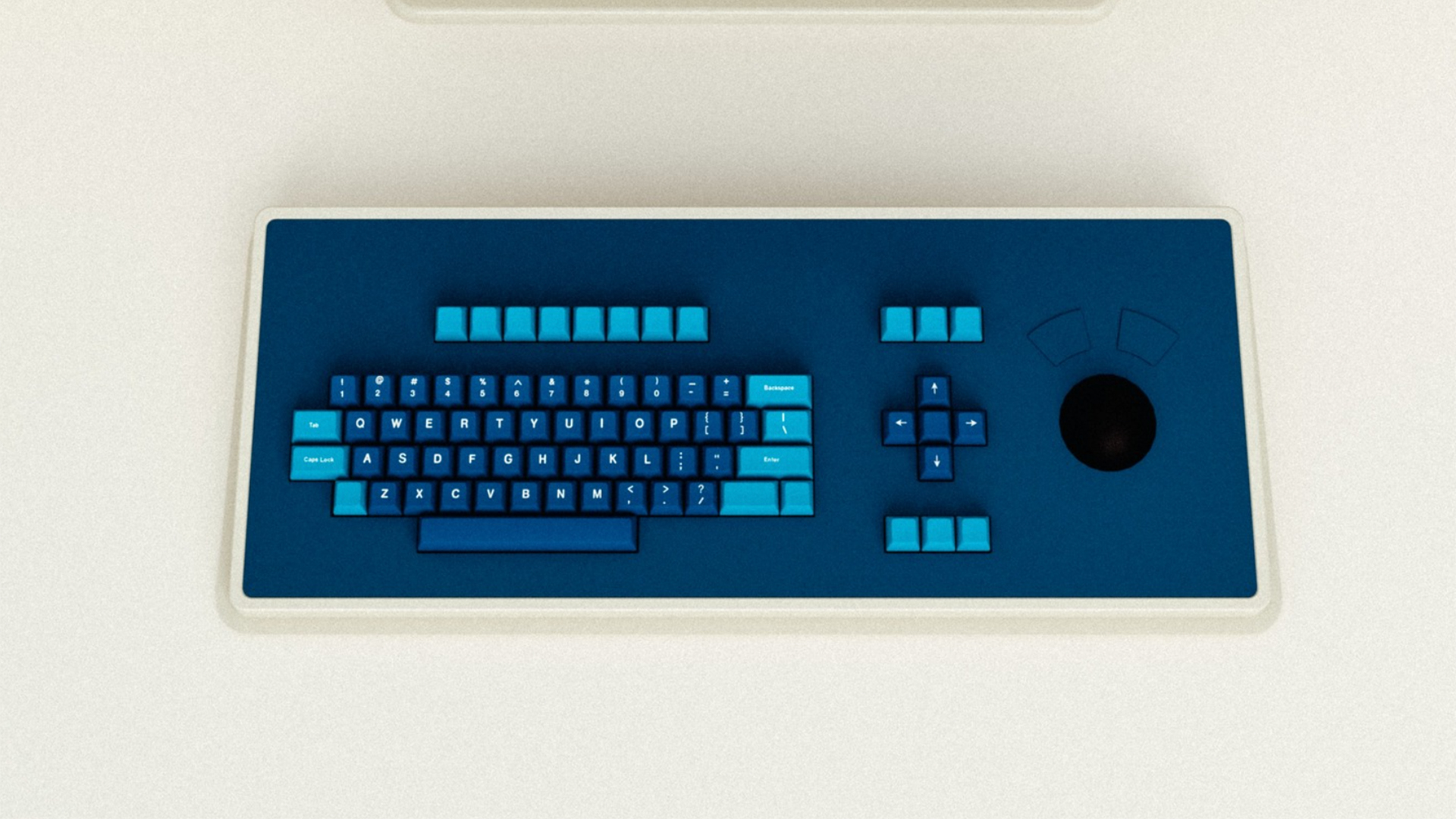What is Web3? and is Apple getting involved?
All you need to know about the future of the internet, and why you should care about Web 3.0.

We’ve had Web 1.0 and Web 2.0, and recently you’ve probably heard about Web 3.0, aka Web3. Could this ill-defined term really be the future of the internet? Despite the lack of clarity about what Web3 means, it is broadly understood as an emerging version of the internet based on the blockchain and encompassing cryptocurrencies, NFTs (non-fungible tokens – see our guide to what are NFTs for the basics) and the metaverse. That’s because Web3 is, according to its proponents, all about decentralisation, a response to the current era of the web that is dominated by giant platforms such as Facebook – sorry, we mean Meta – and Google.
The Web3 Foundation says its "passion is delivering Web 3.0, a decentralised and fair internet where users control their own data, identity and destiny". In Web 2.0, powered by social media, we, the users, are ultimately the product. However, that is not the case in an idealised version of Web3.
What is blockchain?
Blockchain can be thought of as a bit like an operating system. It is, according to the IBM publication Blockchain for Dummies "a shared, immutable ledger that facilitates the process of recording transactions and tracking assets in a business network." These assets can be everything from a house to intellectual property. Cryptocurrencies such as Bitcoin and Ethereum are built on blockchains (there is not just one). The shared ledger can track and record transactions of assets and may do so more efficiently than existing systems.
Many people treat cryptocurrency as an investment, hoping the price will go up so they can sell for a profit. In part, this is because the price can fluctuate wildly and few 'real world' places accept payments in cryptocurrency. There is a famous story about pizza being paid for in Bitcoin. After seeing an online request in May 2010, then 19-year-old student Jeremy Sturdivant sent two large pizzas to a programmer called Laszlo Hanyecz. He was paid back in Bitcoin worth $41 at the time. At various points since then, those Bitcoin would have been worth hundreds of millions of dollars. A very expensive takeaway! Sturdivant did not treat the income he got from the transaction, considered the first real-world use of Bitcoin, as an investment, but put it towards travelling.
What's the metaverse got to do with it?

There are also NFTs – non-fungible tokens. These are units of data (such as those contained in digital music, art and other assets) that are mostly, but not exclusively, built on the Ethereum blockchain. Many NFT projects have sprung up, with the Bored Ape Yacht Club amongst the most famous. Bored Ape’s NFTs, comprise, as the name suggests, cartoonish images of bored-looking apes. They, and many other NFTs, can be bought and sold via the OpenSea platform – or see our best NFT marketplaces for more options.
Despite being relatively new, we see crypto and blockchain firms advertising widely, including on the shirts of high-profile football teams, with some, like Italian champions Inter Milan, offering fans the chance to buy the club’s own ‘tokens’.
The metaverse intends to bring much of this together in a digital world. Again, not everyone means the same thing when they talk about the metaverse. For many, it’s a digital world, a bit like the game Second Life, where our human and digital identities are connected. When Facebook changed its name to Meta it did so to put the firm at the forefront of Web3, pouring its considerable resources into the virtual reality (VR) realm. That world will include the use of NFTs, cryptocurrencies and other digital assets. NFT gaming is a huge part of this too. As Wired noted, the popular game Fortnite has referred to itself as the metaverse, while Roblox is also looking to bring a more user-generated focus to its gaming platform.
Get the Creative Bloq Newsletter
Daily design news, reviews, how-tos and more, as picked by the editors.
Apple and Web3

Apple doesn’t appear to be placing as big a bet on Web3 as the likes of Mark Zuckerberg have. It does though have some potential products that could be a large part of how it develops. We know, for instance, that Apple is likely to launch augmented reality (AR) glasses and an Apple VR headset in the not-too-distant future. The company is also making significant moves into the world of finance.
While CEO Tim Cook has previously dismissed the idea of Apple investing in crypto, he does have a personal interest in the space. BitPay, a Bitcoin cryptocurrency payment service provider, has a prepaid Mastercard that users have been able to add to the Apple Wallet since February 2021, enabling them to convert crypto into cash and make payments. If nothing else, many of the major crypto and NFT marketplaces have apps available on iOS.
With so much still to be defined, and so many ideas to be really tested on a large scale, we don’t yet know what Web3 will look like. It is very much in its infancy, and crypto crashes, thefts and scandals are hardly encouraging to the average person considering whether to get involved. However, engagement, monitoring and even pushback will be crucial if we want to make next-generation internet better than before.
This article was originally published in MacFormat magazine. Subscribe to MagFormat here.
Read more:

Thank you for reading 5 articles this month* Join now for unlimited access
Enjoy your first month for just £1 / $1 / €1
*Read 5 free articles per month without a subscription

Join now for unlimited access
Try first month for just £1 / $1 / €1
Charlotte is a journalist and author covering media and technology. Based in London, she is the UK Associate of The Mac Observer, hosts its Media+ podcast and has written for various other outlets. Her first book, Not Buying It, was published in 2019.
